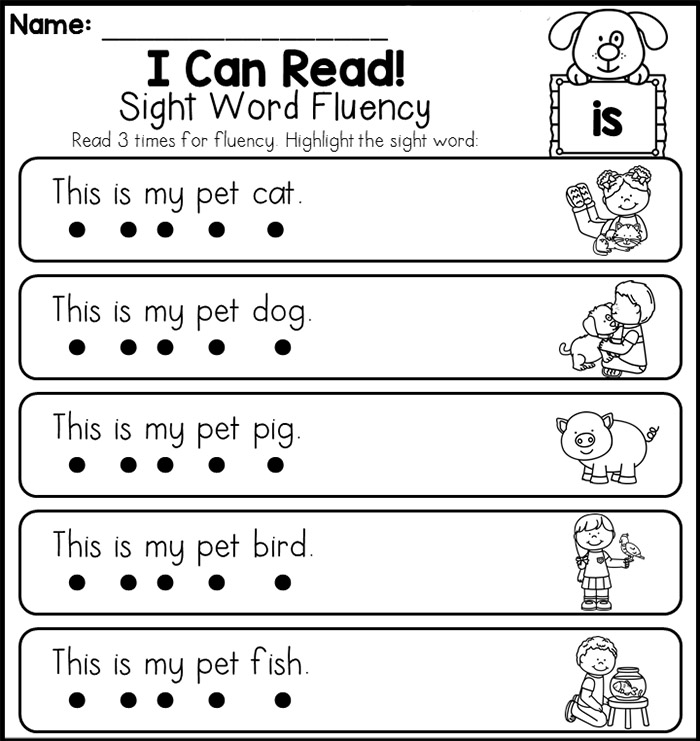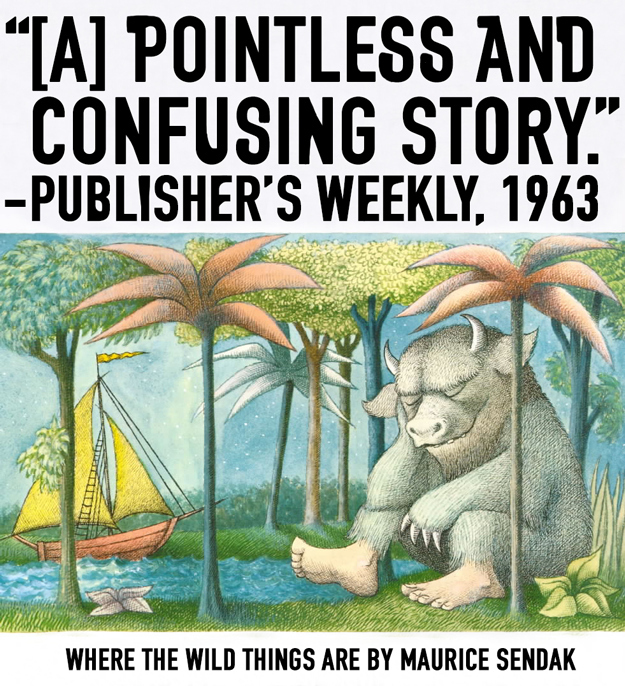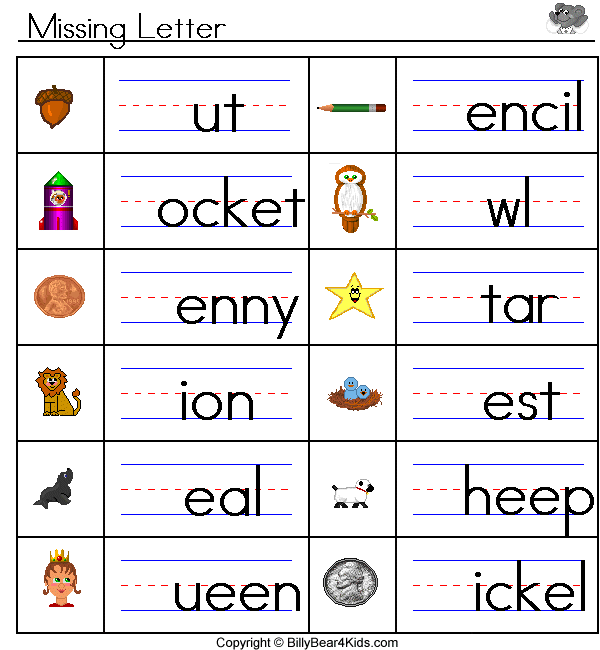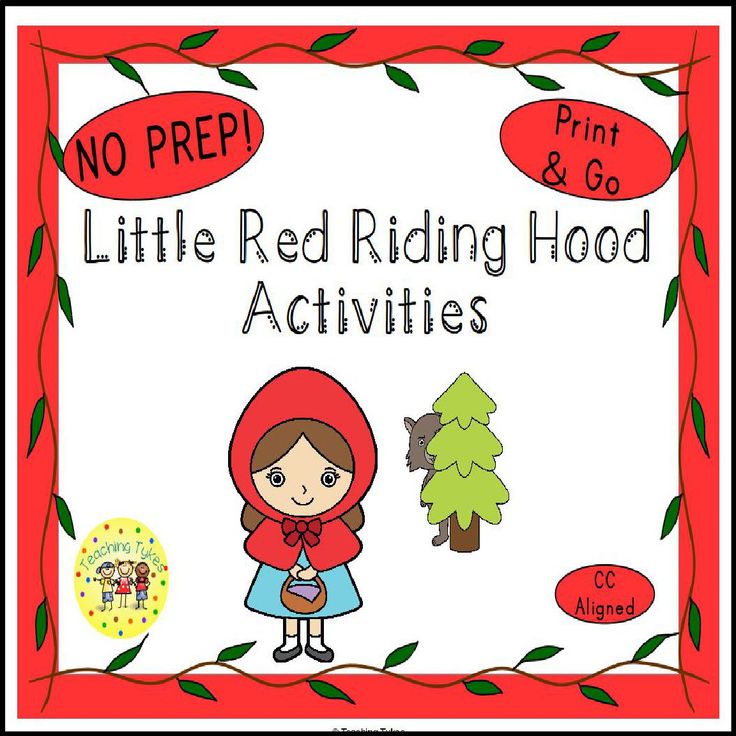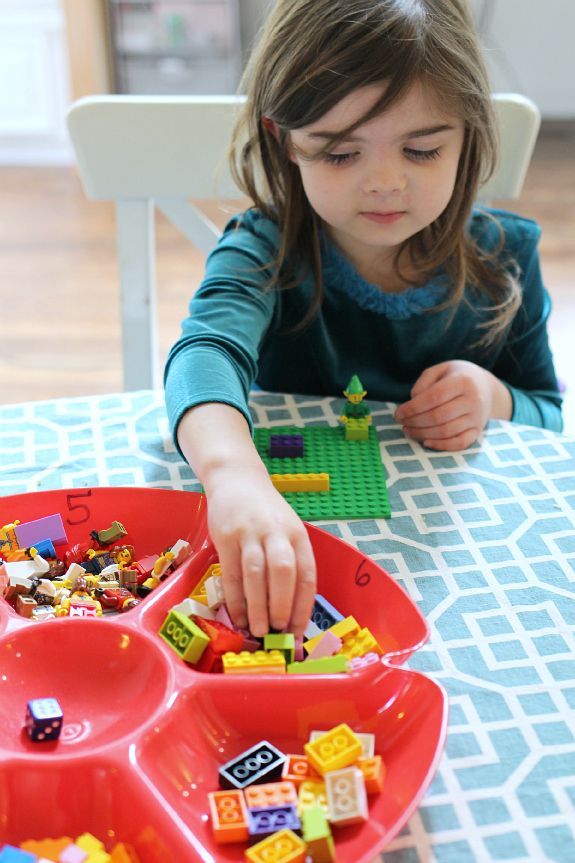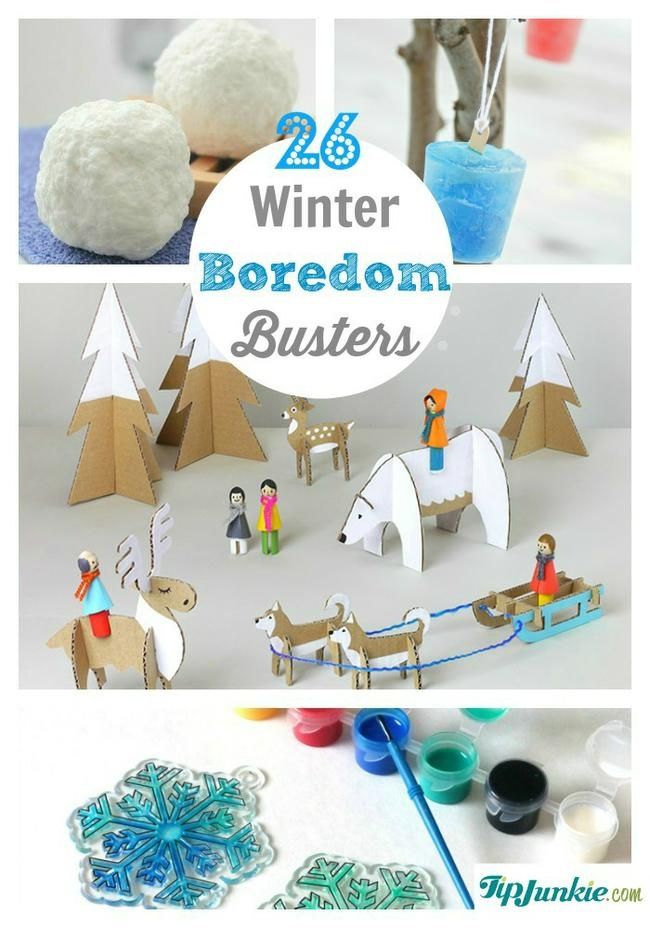Comprehension for preschoolers
Reading Comprehension Strategies for Preschool Students
Reading comprehension – understanding and interpreting what is read – is one of the most important skills for students of all ages. Even when preschoolers are not yet able to read, they love to be read TO. A wise teacher uses before, during, and after reading a story as teaching time. Here are eight strategies for developing budding reading comprehension skills in even the youngest learners.
Before Reading
The goals of using a comprehension strategy with students before reading a story are to help them focus their attention, to activate their prior knowledge, and get them excited to read it! It is tough for students to transition to storytime, sit down, and just start reading. Teachers must “prep” them a little bit to be good listeners. There are lots of ways to accomplish this. Here are 3 strategies that work well:
Purposes of Before Reading strategies
- Activate student’s prior knowledge
- Set the stage for reading
- Get the children excited about the book!
Book Talk Ideas
- Give the children a “teaser” about what is to come
- Introduce the characters and explain the problem
- Invite the children to make a prediction
Knuffle Bunny by Mo Willems is a perfect story for engaging students during a book talk. Young children find the main character, Trixie, very relatable and can empathize with the angst that she feels when her beloved stuffed toy is misplaced. The teacher can draw students in further by bringing a favorite stuffed toy or classroom mascot to the carpet, or even bring one of their own toys from their childhood. Discuss how the toy goes everywhere, it sleeps in the bed with the owner and is very important to that person. Then, ask the students if anyone has a special stuffed animal or blanket. Ask the students to imagine, “How would you feel if your special toy got lost?” After sharing their ideas, read about what happens to Trixie. (And for students that have lost their special items, try LostMyLovey.com to search for replacements or even the item itself!)
Book in a Bag Ideas
- Put together a few small props or pictures that represent the story
- Pull them out one at a time and invite the children to make a prediction about the story
Preschoolers (and many older students!) are visual learners.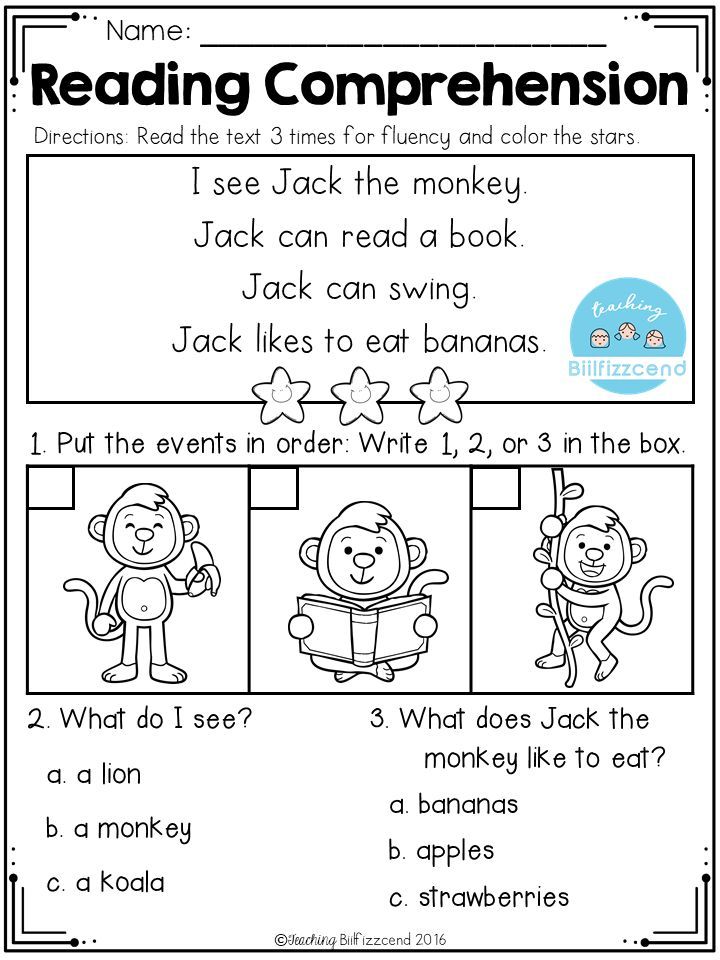 When the teacher sits down to read a story with a mysterious bag full of objects, it is guaranteed to grab their attention! Fill a gift bag with items and pictures from the story and pull them out one at a time. As each item is revealed, encourage the students to make a prediction about the story. What is it going to be about? Here is an example for a bag of objects for There Was an Old Lady Who Swallowed a Rose!
When the teacher sits down to read a story with a mysterious bag full of objects, it is guaranteed to grab their attention! Fill a gift bag with items and pictures from the story and pull them out one at a time. As each item is revealed, encourage the students to make a prediction about the story. What is it going to be about? Here is an example for a bag of objects for There Was an Old Lady Who Swallowed a Rose!
Key Word Ideas
- Choose 1 important word from the story
- Discuss the meaning of the word
- Have students give examples of the word
- Encourage children to make predictions
Introducing a “Key Word” is another way to get students thinking about the story before reading it. For example, in The Scarecrow’s Hat by Ken Brown, ask students if anyone knows what swap means. Discuss how “swap” means to trade. Next, invite them to talk about things they like to swap.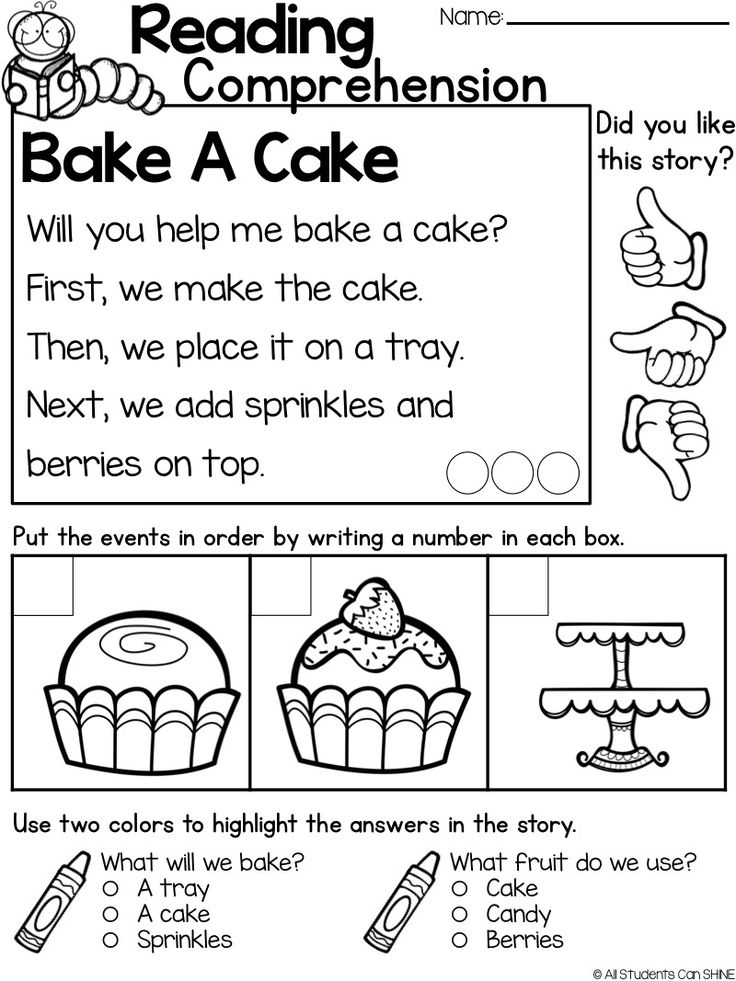 Then, tell them that in The Scarecrow’s Hat, Chicken wants to swap something with Scarecrow. Encourage students to make predictions about what they might swap. Finally, read the story together.
Then, tell them that in The Scarecrow’s Hat, Chicken wants to swap something with Scarecrow. Encourage students to make predictions about what they might swap. Finally, read the story together.
During Reading
There are three strategies that teachers can use during reading. While reading aloud to children, the most important thing is the enjoyment of the book, of course. Young children benefit from being active listeners. They need to listen with their voices and their bodies in order to comprehend! Teachers can involve them by doing the following:
Reading Comprehension Strategy #4 – Incorporate MovementIncorporating Movement Ideas
- Have students use props from the story
- Have students use their bodies to mimic motions in the story
- Use simple musical instruments, such as shaker eggs, at key phrases
The Little Old Lady Who Was Not Afraid of Anything is an all-around fantastic book for fall.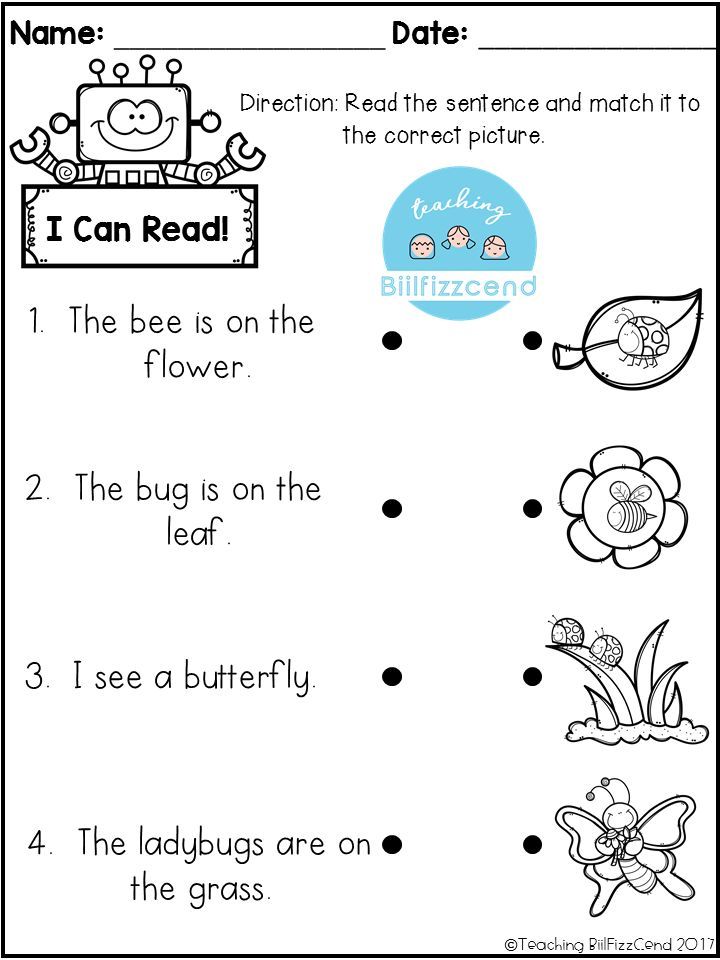 It is a good example of how to incorporate movement while reading a book to young children. The Little Old Lady in the story meets 2 big shoes on the path to her cottage, and the shoes go, “Clomp! Clomp!” It is so much fun for the children to “clomp” their own shoes. They also love it when they are provided props to go with the story– shoes, pants, a shirt, gloves, a hat, and a pumpkin head. As the teacher reads, they take turns moving the props to match the story. So much fun and the students are completely engaged!
It is a good example of how to incorporate movement while reading a book to young children. The Little Old Lady in the story meets 2 big shoes on the path to her cottage, and the shoes go, “Clomp! Clomp!” It is so much fun for the children to “clomp” their own shoes. They also love it when they are provided props to go with the story– shoes, pants, a shirt, gloves, a hat, and a pumpkin head. As the teacher reads, they take turns moving the props to match the story. So much fun and the students are completely engaged!
The reading jargon for repeating a refrain or line in a book is “Choral Reading.” It’s a term that means the children all join in reading the repeated lines in unison. The Pete the Cat books are perfect examples of this strategy. In Pete the Cat I Love My White Shoes, the repeated line is, “I love my white shoes. I love my white shoes! I love my white shoes, etc.” It’s so catchy that the students will have a hard time not joining in!
Just a quick note: Be sure that you get the free audio downloads to go along with your Pete the Cat books.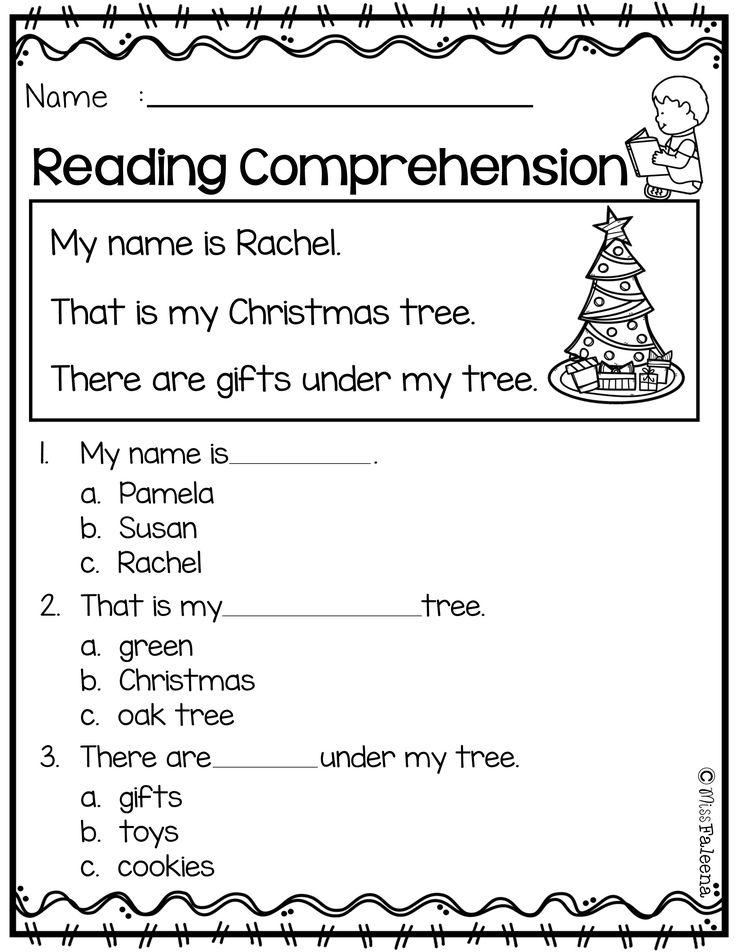 They’re just not the same without the audio!
They’re just not the same without the audio!
Reading Comprehension Strategy #6 – Sequencing
Sequencing Ideas
- Use pictures of story events
- Have students place pictures in a pocket chart as they happen
A final “During Reading” strategy perfect for preschoolers is Sequencing. Thinking ahead to elementary school, we know that students will have to retell stories with a beginning, middle, and end. They will have to recount events of a book in order. Preschool teachers can prepare them for this essential elementary skill by giving students practice putting events in order. One way to do this is to print pictures from the story and give them to students before reading. They can then place the pictures on a felt board, pocket chart, or easel in order as the story progresses.
After Reading
We know that in order for children to understand a story well, they have to start thinking about it before reading. They might look at the pictures and make a prediction.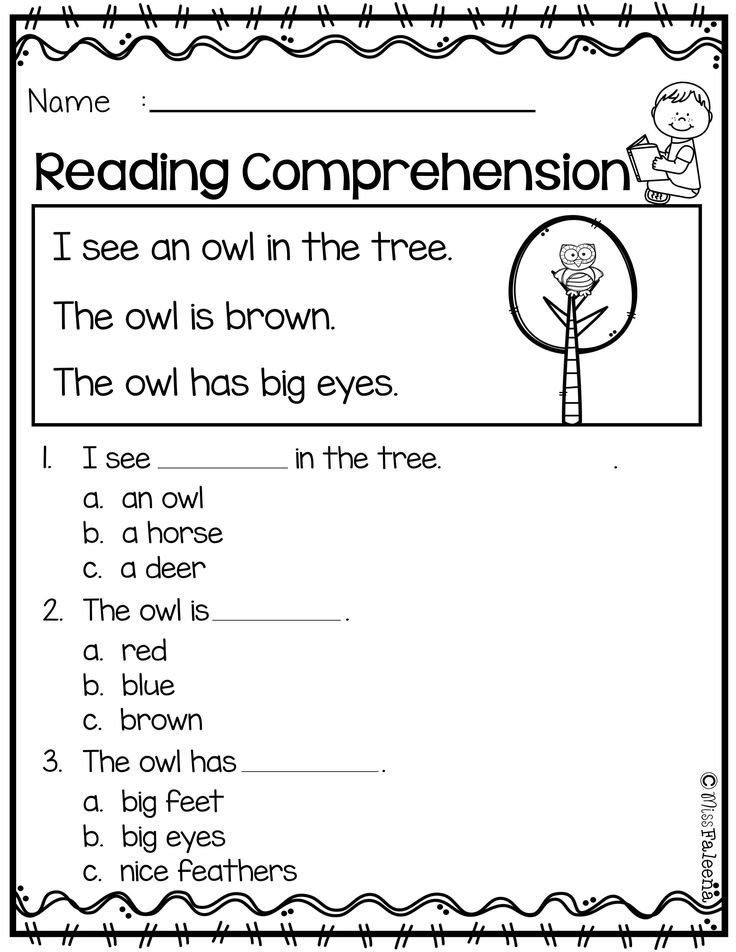 Then, while we read, we can involve the children by encouraging them to move and read with us. Now that the book is finished, there are other things we can do to reinforce the story and extend the students’ understanding.
Then, while we read, we can involve the children by encouraging them to move and read with us. Now that the book is finished, there are other things we can do to reinforce the story and extend the students’ understanding.
After Reading Comprehension Goals
- Reflect on the story
- Make Connections
- Revisit the story
Lots of stories lend themselves to “Acting it Out.” After reading The Three Billy Goats Gruff, for example, students can play “billy goats” by using a low balance beam to make a bridge and take turns TRIP-TRAPPING across it. Adding goats to the block center encourages students who want to build a bridge there. Simple costumes, such as themed hats made from paper for “The Little Red Hen” at the dramatic play center, ensure the story’s reenactments. Puppets and other toys that mimic the main characters in other centers and access to the story itself make this a simple way for students to tell and retell the story.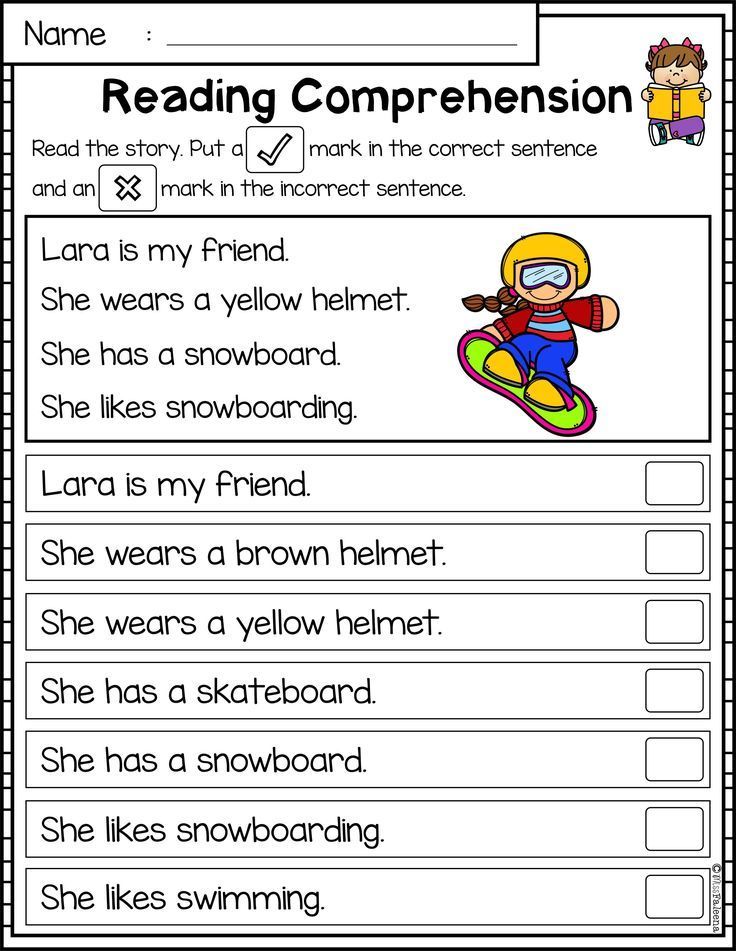
Reading Comprehension Strategy #8 – Compare Similar Stories
Another important elementary school comprehension skill is “Making Connections.” Students can make a connection in one of three ways:
- TEXT to SELF – Does this book remind you of something that happened to you?
- TEXT to TEXT – Does this book remind you of another book?
- TEXT to WORLD – Does this book remind you of something you know about in the world (another place, a movie, a person you know, etc.)?
When reading a story to young children, teachers can encourage them to compare the story to something else that they know about. After reading Corduroy, students might tell about their favorite stuffed animal. They can compare Lisa’s love of Corduroy to their own (Text to Self). It also might remind them about the Knuffle Bunny story mentioned earlier (Text to Text). They might even remember that Corduroy was purchased in a department store, much like one they saw in an ad on TV (Text to World).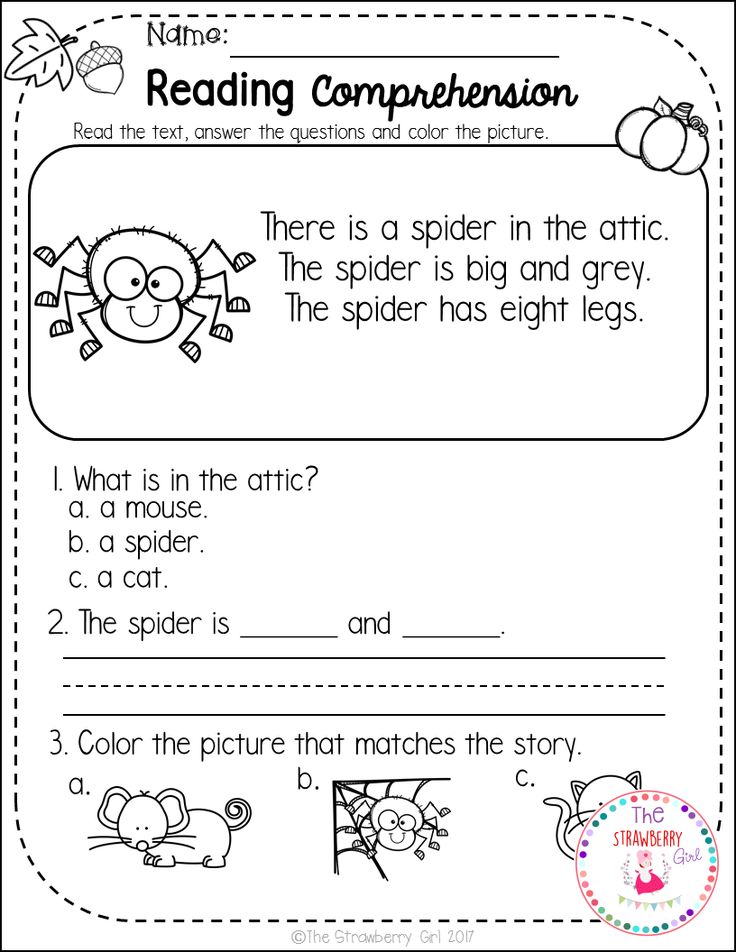
The most important thing for the students is that they gain a love of reading first. These skills take it to the next level, providing more enjoyment and understanding, valuable skills for when they move to grade school and beyond.
An Important Note:
While using reading strategies with children, it is important to keep their attention spans in mind. It is crucial to remember these strategies should not all be employed on the same day, or even on the same story. Never use more than one strategy from each section with each book, and try to make it quick! The goal is to get students thinking about the book, but most of the time and effort should be the act of reading and enjoying the story.
Looking for more information?
NAEYC has loads of articles about reading with young children right here.
For more early reading posts, check out the literacy tab on our website!
Need some printable literacy materials for the classroom? Find them here!
Are you a teacher?
FREE Name Bundle!
Enjoy Free Name resources perfect for your preschoolers!
After you subscribe, you will be redirected to the FREE Name Resources. We respect your privacy. Unsubscribe at any time.
We respect your privacy. Unsubscribe at any time.
Oral Language Comprehension: Activities for Your Pre-K Child
Oral language is the foundation of literacy. Pre-kindergarten children are not reading yet, but they are building comprehension skills through listening, the lively back-and-forth of every day conversations, pretend play, and active read alouds where parent and child are having a dialogue about the book.
One shift that will advance your child’s oral language skills
This video is from Home Reading Helper, a resource for parents to elevate children’s reading at home provided by Read Charlotte. Find more video, parent activities, printables, and other resources at Home Reading Helper.
Every day conversations with your child are so important! Sometimes those interactions are necessarily brief and direct — "Let's put on your socks and shoes so we can get to the store.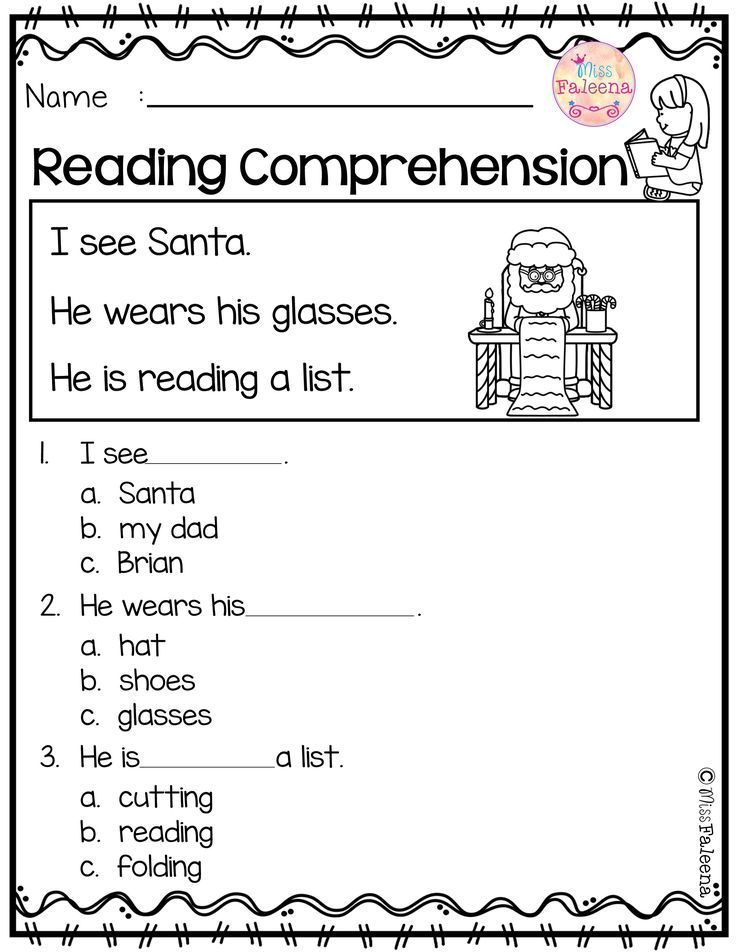 " Try to also build in open-ended conversations each day — talk that is active, with lots of back-and-forth between you and your child (sometimes called "multi-turn conversations"). You're teaching your child how to take turns listening and speaking, and showing your child that you value their thoughts and ideas.
" Try to also build in open-ended conversations each day — talk that is active, with lots of back-and-forth between you and your child (sometimes called "multi-turn conversations"). You're teaching your child how to take turns listening and speaking, and showing your child that you value their thoughts and ideas.
Ask your children questions that require more than a "yes" or "no" answer. Some questions that help them to talk more openly are "Why do you think that happened?" "What do we do next?" "What would happen if we did it this way?" "What can we do about that?" "How can we make this better?"
Reading aloud is one of the best ways to help your pre-K child absorb new words. It's also a great way to help young children learn about the world and make connections between their own lives and what's in the book — that helps children see the world with empathy. And last but not least, it's a wonderful time to snuggle up with your child and share the experience of reading and discovery together.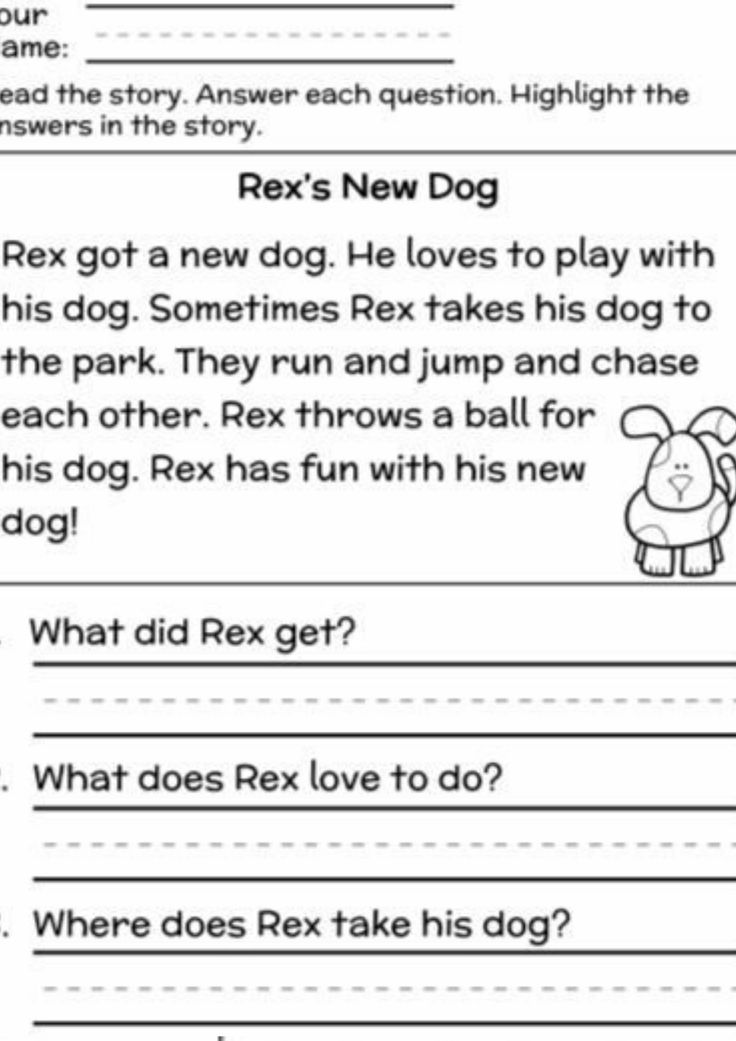
There are so many great nonfiction and informational books for very young kids (such as the popular DK Eyewitness series). Try to include some of these during your next trip to the public library. Even very young children love learning about the real world and are proud to share what they know!
Even a walk around the neighborhood or a trip to the grocery store can be a rich learning experience for young children. A child may see an urban bunny for the first time on a walk, and then be able to connect it to stories about rabbits. These personal connections help children connect what they read with what they know — a powerful way to build comprehension skills!
Try these oral language comprehension activities at home
Walk and talk
When you take a walk through your neighborhood, encourage your child to point out things she sees and to talk about them. React to her observations, ask open-ended questions (who, what, why, where, when, how), and add your own observations to encourage a lively conversation.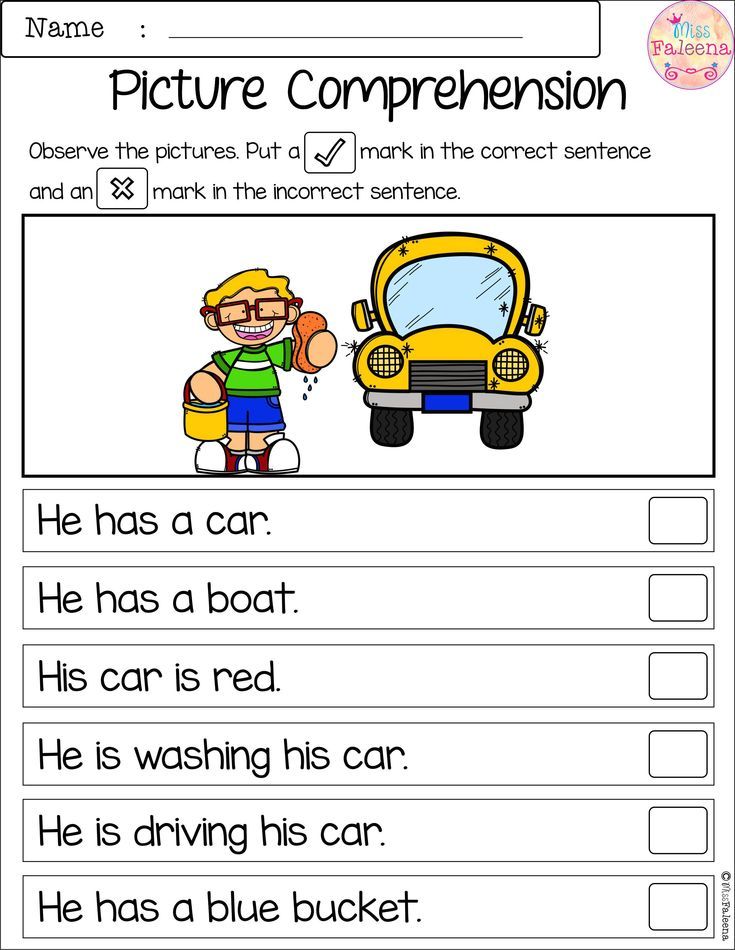 During the walk you might want to stop and say, "Listen, what can you hear?" Or if you hear a familiar sound, stop and say, "Do you hear that knocking sound? What do you think that could be? Maybe it's a woodpecker — let's look up and see if we can spot the bird."
During the walk you might want to stop and say, "Listen, what can you hear?" Or if you hear a familiar sound, stop and say, "Do you hear that knocking sound? What do you think that could be? Maybe it's a woodpecker — let's look up and see if we can spot the bird."
Act it out
Read stories such as The Three Bears or Three Billy Goats Gruff. Act out the stories using different-sized stuffed animals. This is a great opportunity to talk about the concepts of "small, medium, and large." Go on a scavenger hunt in your home to find other objects of different sizes (shoes, socks, cups, etc.) and ask your child to classify the items by size. You might also ask your child if he knows another word for small and large.
Sing it
Create or learn songs to expand your child's vocabulary. One idea: make up songs to describe your daily routines, periodically adding new verses that include new vocabulary words.
Listening games
Play "I Spy" with your child using words that describe an object's position.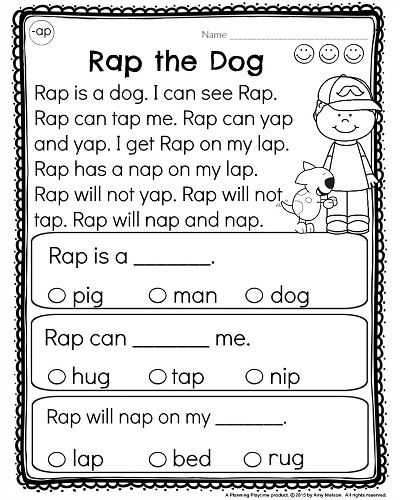 ("I spy something on the carpet, in front of the couch, next to the dog.") Play games such as "Red-Light Green-Light," "Mama, Puedo," and "Simon Says" that require talking, listening, following directions, and giving directions.
("I spy something on the carpet, in front of the couch, next to the dog.") Play games such as "Red-Light Green-Light," "Mama, Puedo," and "Simon Says" that require talking, listening, following directions, and giving directions.
Grocery store literacy
Position words are used every day at home and in preschool. Use the items on the grocery shelf to give your child practice finding something above their belly button, below their nose, on the bottom shelf, and between other items on a shelf. Opportunities to use superlatives, those little endings that help describe size, are all around the grocery store. Have your child find a big fruit, a bigger fruit and the biggest fruit in the produce section. What's the smallest item in the cart? The largest item?
Kitchen conversations
Take advantage of daily activities. For example, while in the kitchen, encourage your child to name the utensils needed. Discuss the food you'll be eating, their color, texture, and taste. Where does the food come from? Which foods do you like? Which do you dislike? Who will clean up? Emphasize the use of prepositions by asking him or her to put the napkin on the table, in your lap, or under the spoon.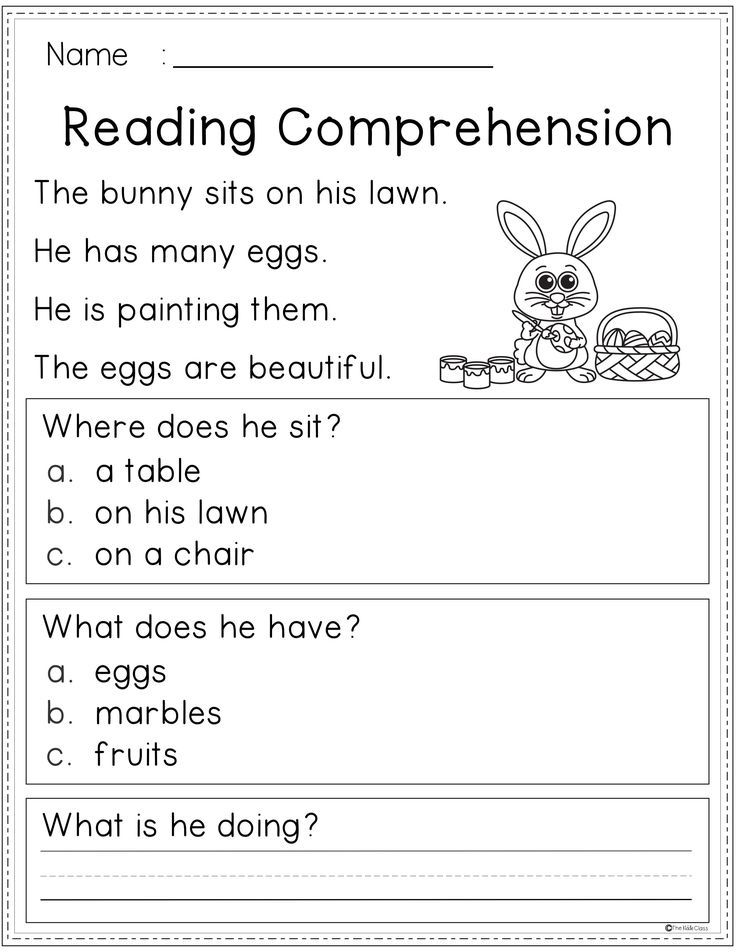 Identify who the napkin belongs to: "It is my napkin." "It is Daddy's." "It is John's."
Identify who the napkin belongs to: "It is my napkin." "It is Daddy's." "It is John's."
We're going on an adventure
Ask your child to draw a map of an imaginary place he would like to explore. Have him tell you a little bit about the setting and who might live there. If you like, you can dress up (sometimes a hat or cardboard tube spyglass is all you need) and set out on your adventure. Encourage your child to tell you all about the journey and what he's experiencing. Your child will love it if you are "all in" for this imaginary journey!
Active reading
Model active reading when you read with your child. Talk about what's happening as you're reading. Stop and discuss any interesting or tricky vocabulary words. Help your child make pictures of the story in his mind. Ask your child, "What just happened here? How do you think that character feels? Have you ever felt like that? What do you think will happen next?" Not only will this develop your child’s comprehension, but critical thinking skills as well.
Tell me about it
After a read aloud, one of the best and easiest ways to check for understanding is to ask your child to summarize what the book was about in their own words. You can ask a question or two to help your child clarify her thinking or to add more detail.
Family stories
This is a wonderful activity for a family picnic or for a rainy day when you're snuggled together on the couch. Share a favorite story about your childhood or a family story that's been passed down from generation to generation. Use vivid language and details about people, places, and things. Funny or scary will really get your child's attention! Your child will probably have lots of questions, which keeps the storytelling alive. You could also ask your child if she has a favorite family story of her own.
More oral language comprehension resources
MDOU No. 8
We are pleased to welcome you on the information portal
municipal budgetary educational institution
“Kindergarten of a combined type No. 9000 9000 9000 9000 9000 August 28, 1967 welcomed his first students. During this period, more than 1,700 children were prepared for school. Every year, 140-180 preschool children aged 2 to 7 are brought up in preschool educational institutions. From the beginning of the opening of the kindergarten to the present time, a lot has changed, but we try to create conditions for children to stay as close as possible to home comfort, good family relationships. From the beginning of the opening of the kindergarten to the present time, a lot has changed, but we try to create conditions for children to stay as close as possible to home comfort, good family relationships. Currently, there are 6 groups for children aged 3-7 years in a typical building. At 19In 1998, the preschool institution, following the results of attestation, was assigned the first category - the status of a child development center. From January 2019 from the name of the preschool educational institution was changed due to the change in the status of the municipality. Head of the kindergarten since May 2015 Lazareva Elena Yurievna, teacher of the first qualification category, teaching experience of 15 years. The methodological activity of the kindergarten is carried out by Khvastunova Irina Alexandrovna, a teacher of the highest qualification category, “Honorary Worker of General Education”, teaching experience for more than 30 years. Medical care is provided by the head nurse Elena G. Ostryakova. The kindergarten provides 5 meals a day for pupils . The building of the kindergarten has a music and sports hall, methodological rooms, a speech therapist teacher, a psychologist teacher, medical and food units. Each group block consists of reception rooms, playrooms, bedrooms and pantry rooms. Implementing one of the principles of building a developing environment the principle of respect for the needs, interests and needs of the child, teachers organized it in the form of non-rigid centering. Each group has centers for mathematics, literacy, science, culture, local history, story-role-playing and building-constructive games. Here is a collection of material for the cognitive development of children. To improve the pedagogical process, the preschool educational institution has the necessary technical equipment. The educational process is carried out taking into account the personality-oriented approach to children. Education is conducted in Russian. The preschool provides a number of additional free services, including correctional assistance to children with speech underdevelopment within the framework of a speech therapy center. The kindergarten does not provide paid additional services. Kindergarten cooperates with institutions of additional education: House of children's creativity, children's and youth sports school, children's city library, school of arts. More than 70% of kindergarten graduates continue further education in institutions of additional education. Since 2010, a new stage of educational activity has begun in preschool educational institutions in accordance with federal state requirements for the structure of the main general education program. And since September 2014, the work of the team has been built in accordance with the federal state educational standard for preschool education. The main directions of the work of the team in accordance with the Federal State Educational Standard of DO are social and communicative, cognitive, speech, artistic and aesthetic, physical development, which are implemented in accordance with the main educational program (BEP of the preschool educational institution) and the working program of education of the preschool educational institution. In 2017 Kindergarten celebrated its 50th anniversary. The teaching staff of the kindergarten includes full-time employees (educators, a speech therapist, educational psychologist, music director, physical education instructor), and out-of-staff (head of fine arts). 83.3% of teachers have the highest and first qualification categories. 55.6% - higher pedagogical education. 1 teacher was awarded the “Excellence in Public Education” badge, 4 were awarded the title “Honorary Worker of General Education”, 1 teacher was awarded the Diploma of the Ministry of Education of the Russian Federation, 3 were awarded diplomas of the Department of Education, Culture and Youth Policy of the Belgorod Region. Teachers cover their work experience in printed publications, within the framework of scientific and practical conferences, methodological associations of teachers of the Alekseevsky city district. The kindergarten is a multiple winner and laureate of the district, a participant in the All-Russian, the winner of the regional competitions "Kindergarten 1998" and "School - 2004", the staff of the preschool educational institution was repeatedly awarded a Certificate of Honor from the administration of the city and district as a winner in socio-economic development. Kindergarten is a participant of federal, regional and municipal projects. Working hours of the kindergarten from Monday to Friday from 07.00 to 19.00. Days off - Saturday, Sunday, public holidays. Welcome to our kindergarten! Lazareva Elena Yurievna, head of kindergarten tel. Belgorod region, Alekseevka, Remeslennikov str., 28 9000 09/29/2020 Employees of the Department of Educational Psychology and Pedagogy of the Faculty of Psychology of Moscow State University, together with a colleague from the University of Oslo, found out that the poor quality of the educational environment plays a positive role in shaping the ability to understand emotions in children and carries certain opportunities for development. The work was published in the leading scientific journal European Early Childhood Education Research Journal. The ability to understand emotions allows the child to feel comfortable in different situations, to be aware of its dynamics and the reasons for changes in the emotional state and behavior of others. It has been previously shown that children who have a good understanding of emotions are more adaptable to change, are able to build positive relationships with others, and show more outstanding academic achievement. While a low level of development of understanding of emotions is associated with anxiety, depression, social ineptness and neuroticism. The most intensive period in the development of the ability to understand, predict and control emotions falls on the preschool age. Communication is key in this process. It is in communication with others that the child encounters various emotional states and learns to understand their external and internal causes. Despite the fact that preschoolers around the world spend a significant part of their day in kindergarten, it has not yet been investigated how the educational environment of kindergarten influences the development of understanding of emotions. 8” Alekseevsky city district 9000 9000
8” Alekseevsky city district 9000 9000 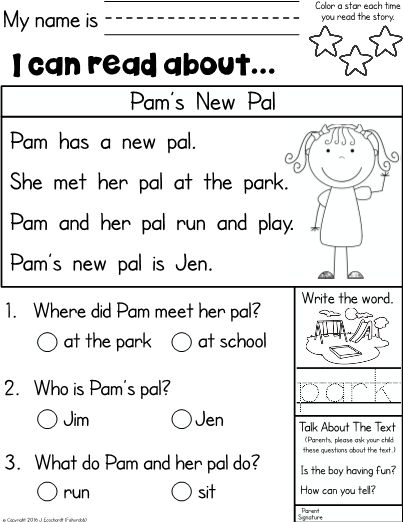 From 01/01/2012, the status of the preschool educational institution was changed to a combined kindergarten.
From 01/01/2012, the status of the preschool educational institution was changed to a combined kindergarten. 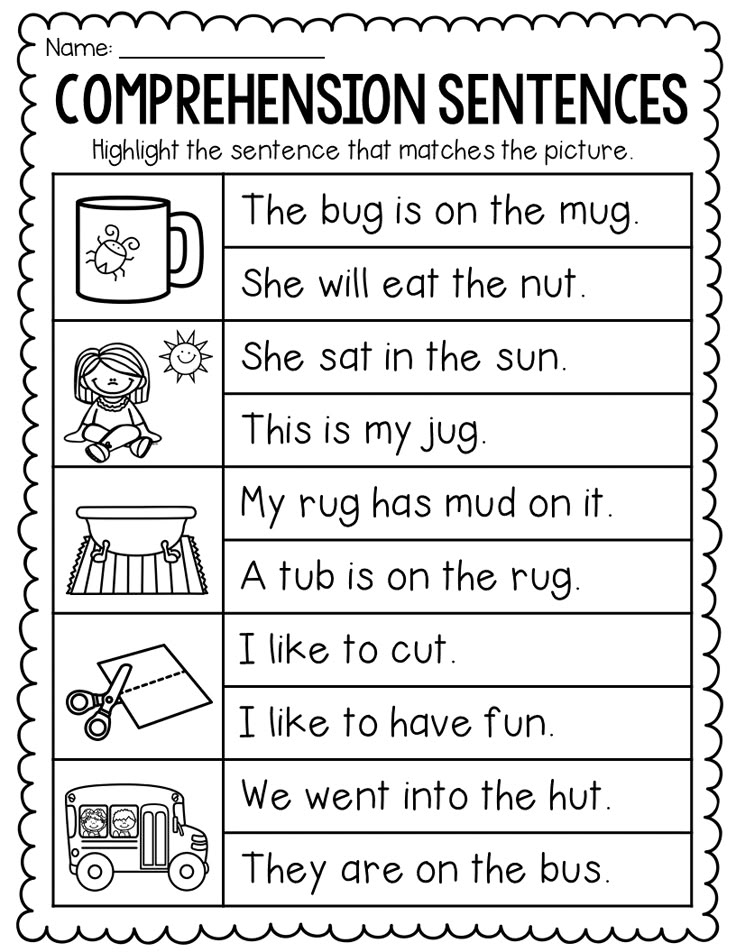 The territory is equipped with playgrounds with verandas, shade canopies, gazebos, sandboxes, sports and gaming structures, a stadium, a car park, an ecological trail, which consists of 17 points. The kindergarten has been repeatedly awarded diplomas from the administration, the education department of the municipal district for the improvement of the territory and victory in socio-economic development.
The territory is equipped with playgrounds with verandas, shade canopies, gazebos, sandboxes, sports and gaming structures, a stadium, a car park, an ecological trail, which consists of 17 points. The kindergarten has been repeatedly awarded diplomas from the administration, the education department of the municipal district for the improvement of the territory and victory in socio-economic development. 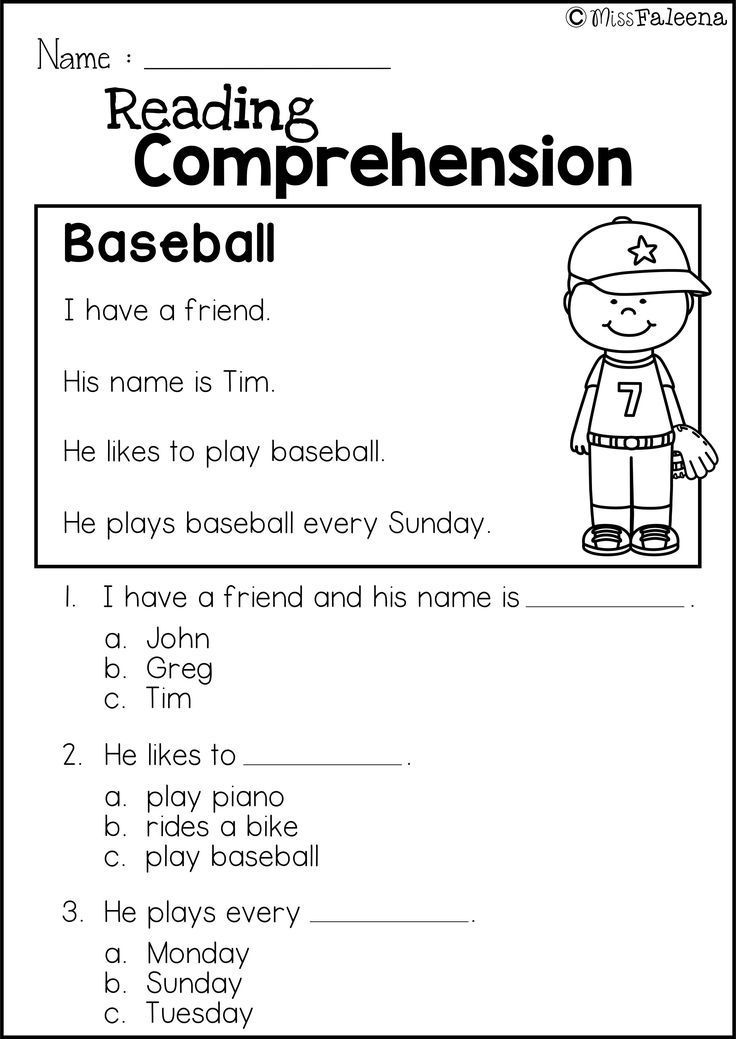

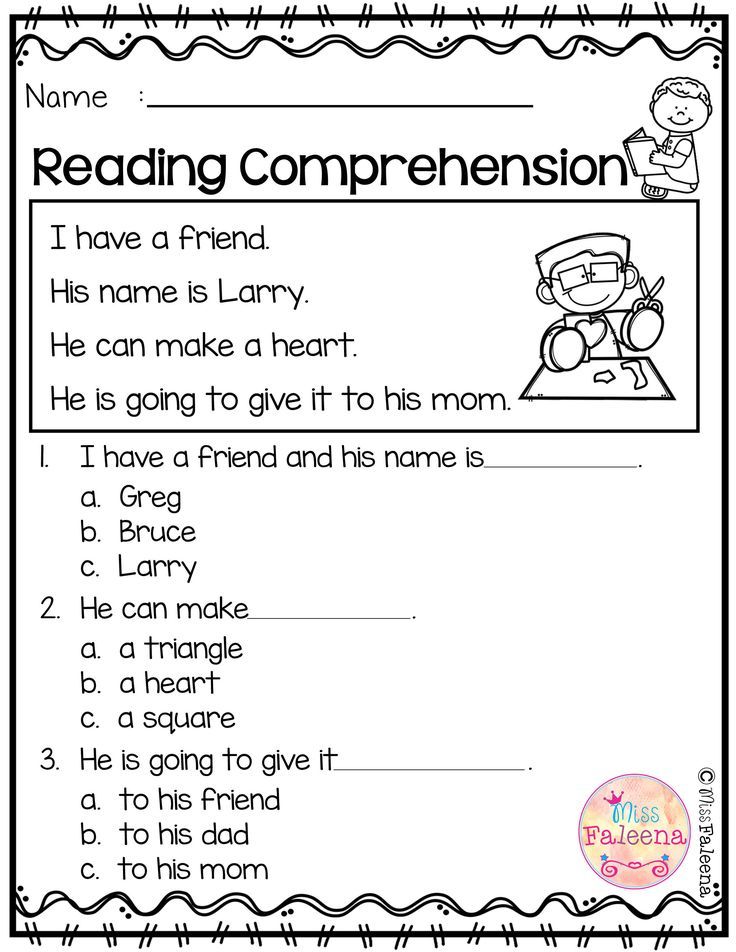 Educator Semina E.N. - participant of the All-Russian competition "Educator of the Year of Russia - 2012".
Educator Semina E.N. - participant of the All-Russian competition "Educator of the Year of Russia - 2012". 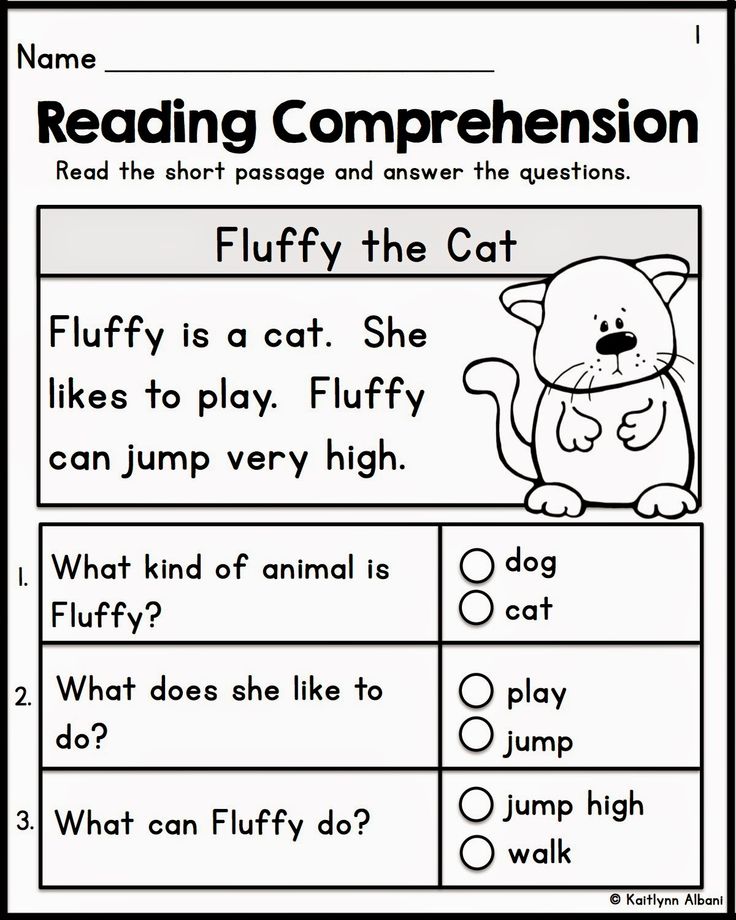 0003
0003
“National Project“ Education ”,“ Demography ”
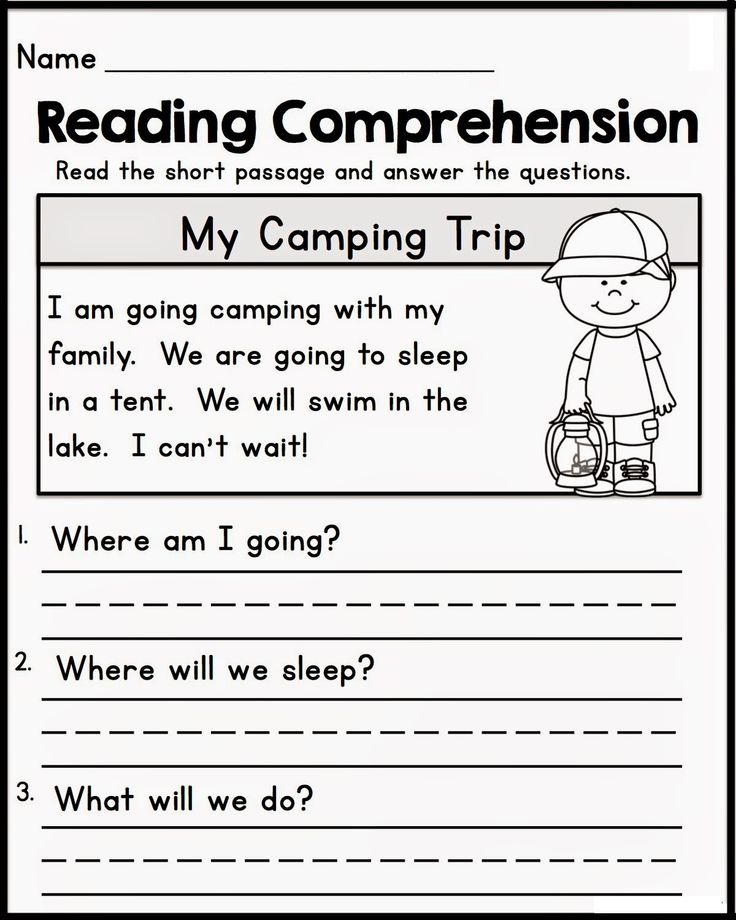
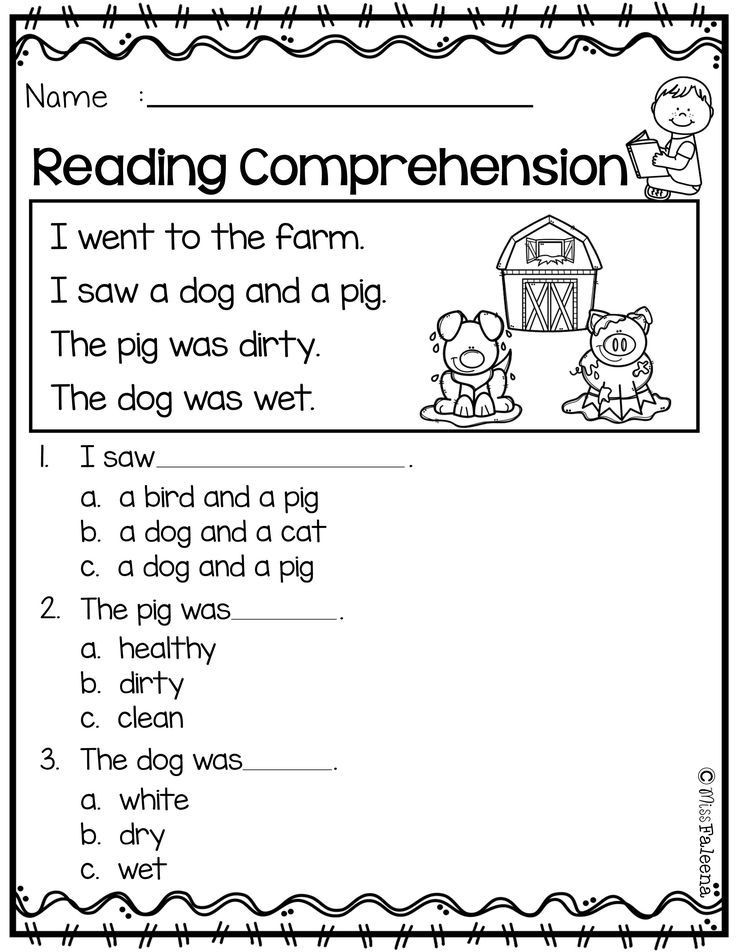 An important contribution to this area was made by Russian psychologists who analyzed the relationship between measures of understanding emotions in 592 children aged 5-6 years and the results of the assessment of the educational environment in their groups of kindergartens. When controlling for the potential influence of age, gender, and non-verbal intelligence, it was shown that children from groups where they independently resolve conflicts, learn to recognize personal and group boundaries, understand experiences and desires, both their own and those around them, are better able to cope with the task of understanding emotions. The frontal work of the teacher with the group is useful for the development of emotions: during the day, children are involved in joint activities in a large group instead of solitude or a single game. Frontal work limits the ability of children to regulate the number and frequency of contacts during the day, even if they cause negative emotions. Such a rich communication experience expands the range of emotions that children experience and observe each other.
An important contribution to this area was made by Russian psychologists who analyzed the relationship between measures of understanding emotions in 592 children aged 5-6 years and the results of the assessment of the educational environment in their groups of kindergartens. When controlling for the potential influence of age, gender, and non-verbal intelligence, it was shown that children from groups where they independently resolve conflicts, learn to recognize personal and group boundaries, understand experiences and desires, both their own and those around them, are better able to cope with the task of understanding emotions. The frontal work of the teacher with the group is useful for the development of emotions: during the day, children are involved in joint activities in a large group instead of solitude or a single game. Frontal work limits the ability of children to regulate the number and frequency of contacts during the day, even if they cause negative emotions. Such a rich communication experience expands the range of emotions that children experience and observe each other.

